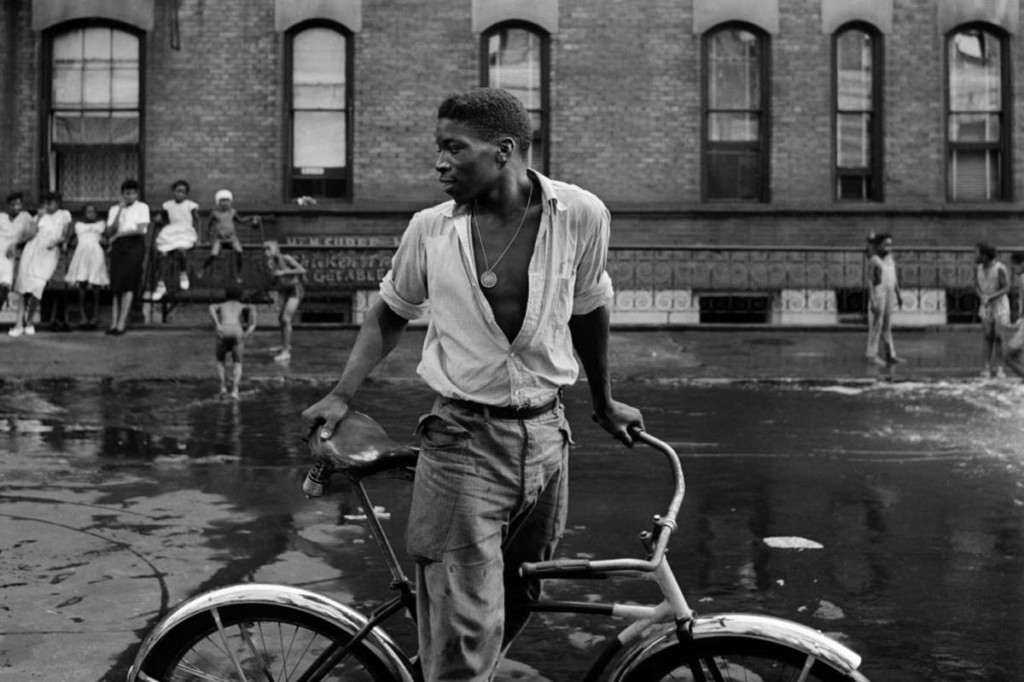The Best Strategy To Use For Framing Streets
Table of ContentsSome Of Framing StreetsAn Unbiased View of Framing StreetsA Biased View of Framing StreetsFraming Streets - TruthsSome Known Details About Framing Streets The Basic Principles Of Framing Streets
Photography category "Crufts Canine Show 1968" by Tony Ray-Jones Street photography (likewise occasionally called candid photography) is digital photography carried out for art or inquiry that features unmediated chance encounters and random cases within public areas, generally with the purpose of capturing photos at a definitive or touching moment by cautious framing and timing. 
The Ultimate Guide To Framing Streets
Susan Sontag, 1977 Street photography can concentrate on people and their behavior in public. In this regard, the street photographer resembles social documentary professional photographers or photojournalists who additionally operate in public places, yet with the goal of catching newsworthy events. Any one of these digital photographers' photos might capture people and building noticeable within or from public places, which usually involves navigating ethical issues and legislations of privacy, protection, and building.
Representations of day-to-day public life create a style in nearly every duration of world art, beginning in the pre-historic, Sumerian, Egyptian and early Buddhist art periods. Art managing the life of the street, whether within views of cityscapes, or as the leading motif, shows up in the West in the canon of the Northern Renaissance, Baroque, Rococo, of Romanticism, Realistic look, Impressionism and Post-Impressionism.
The Facts About Framing Streets Uncovered
Louis Daguerre: "Boulevard du Temple" (1838 or 1839) In 1838 or 1839 the very first photograph of numbers in the street was tape-recorded by Louis-Jacques-Mand Daguerre in one of a pair of daguerreotype views extracted from his studio window of the Boulevard du Holy place in Paris. The second, made at the height of the day, shows an uninhabited stretch of street, while the other was taken at about 8:00 am, and as Beaumont Newhall records, "The Blvd, so constantly full of a relocating bunch of pedestrians and carriages was completely solitary, other than a person who was having his boots cleaned.
His boots and legs were well specified, yet he is without body or head, since these were in activity." Charles Ngre, waterseller Charles Ngre. https://www.find-us-here.com/businesses/Framing-Streets-Miami-Florida-USA/33970134/ was the very first digital photographer to obtain the technological class required to sign up individuals in activity on the street in Paris in 1851. Professional Photographer John Thomson, a Scotsman dealing with reporter and social activist Adolphe Smith, published Road Life in London in twelve month-to-month installations starting in February 1877
The Only Guide for Framing Streets
Eugene Atget is pertained to as a progenitor, not since he was the initial of his kind, but as a result of the popularisation in the late 1920s of his record of Parisian streets by Berenice Abbott, that was inspired to carry out a similar documents of New york city City. [] As the city developed, Atget aided to advertise Parisian streets as a deserving topic for photography.

4 Easy Facts About Framing Streets Explained
Andre Kertesz.'s next page extensively appreciated Images la Sauvette (1952) (the English-language version was labelled The Crucial Moment) advertised the concept of taking a photo at what he termed the "definitive moment"; "when type and material, vision and structure combined into a transcendent whole" - copyright Camera.
See This Report about Framing Streets
, then an instructor of young youngsters, connected with Evans in 193839.'s 1958 publication,, was considerable; raw and frequently out of emphasis, Frank's images examined traditional digital photography of the time, "tested all the formal regulations laid down by Henri Cartier-Bresson and Walker Evans" and "flew in the face of the wholesome pictorialism and heartfelt photojournalism of American magazines like LIFE and Time".